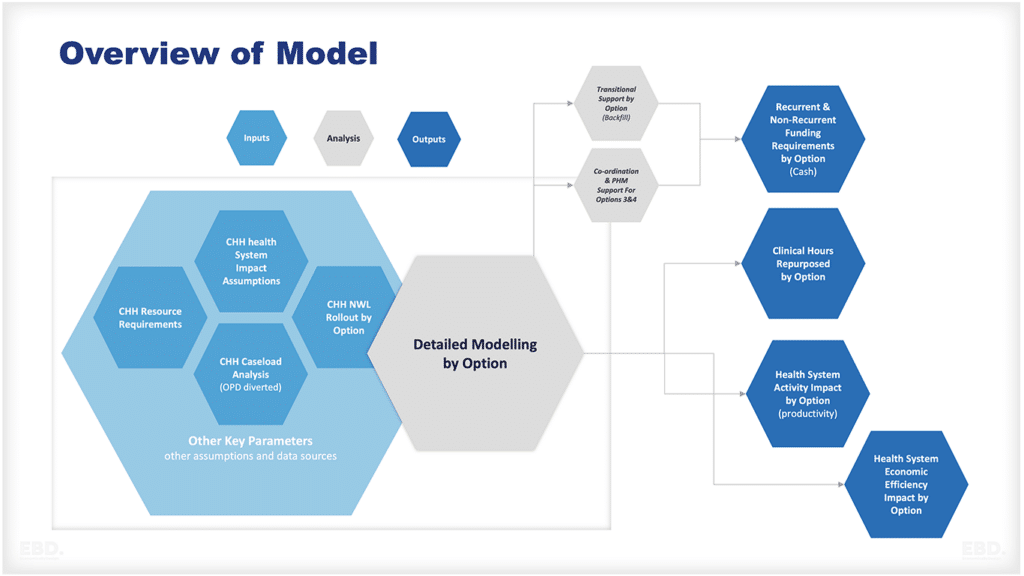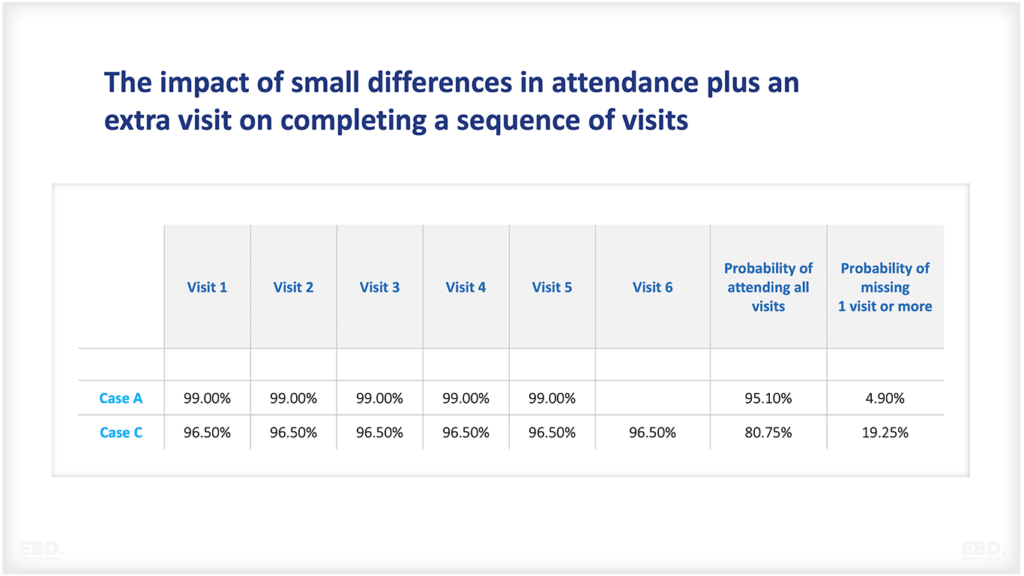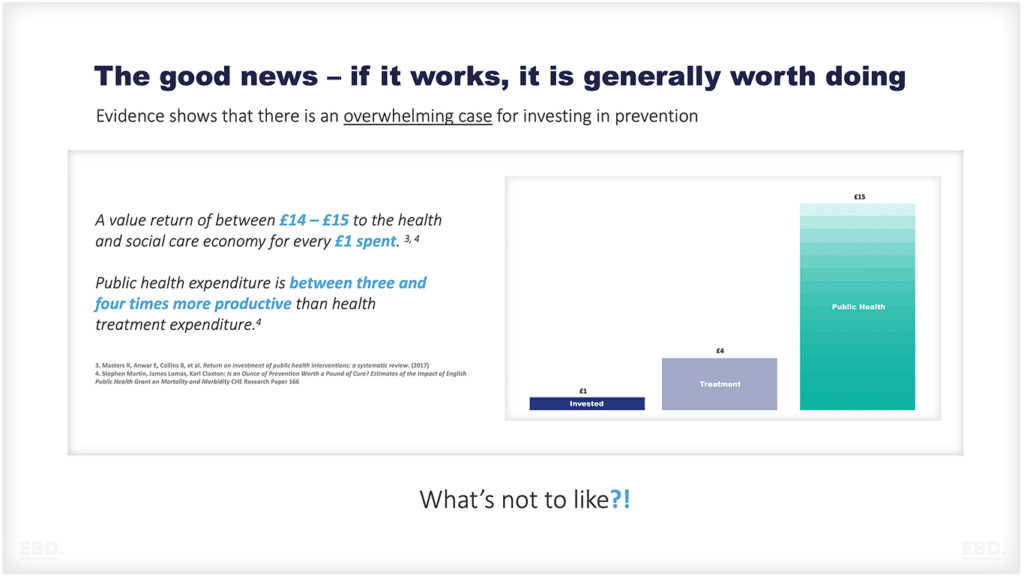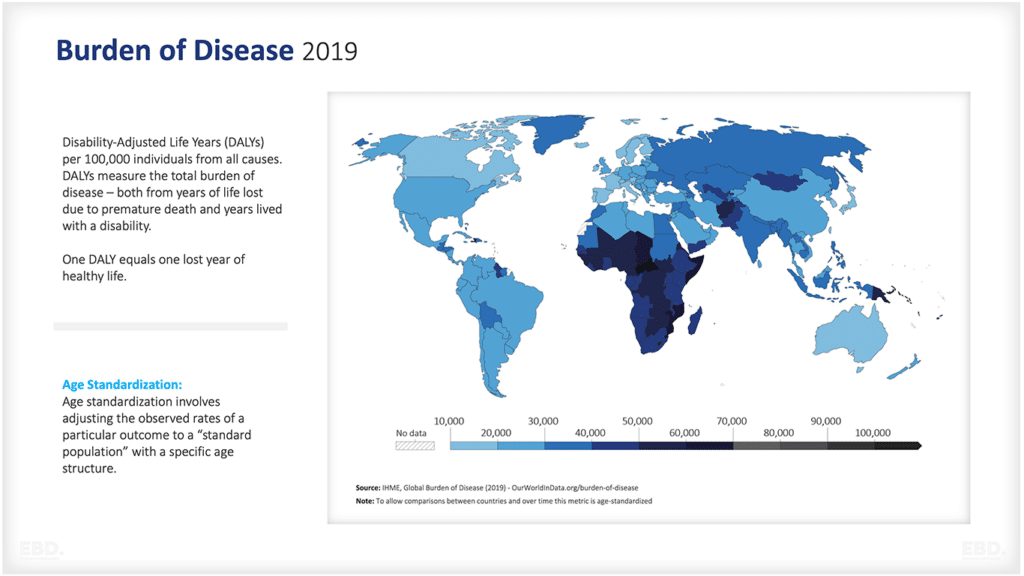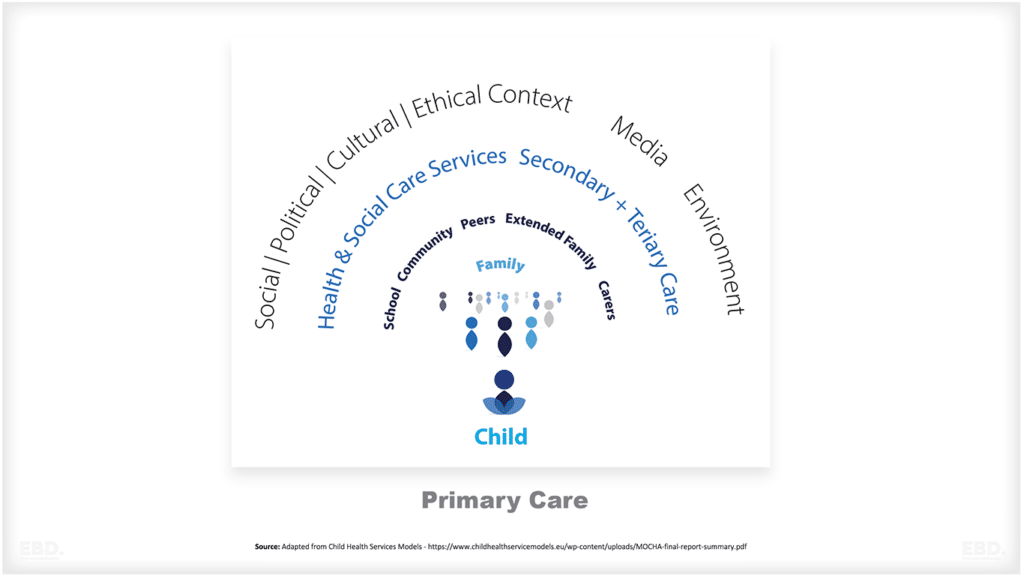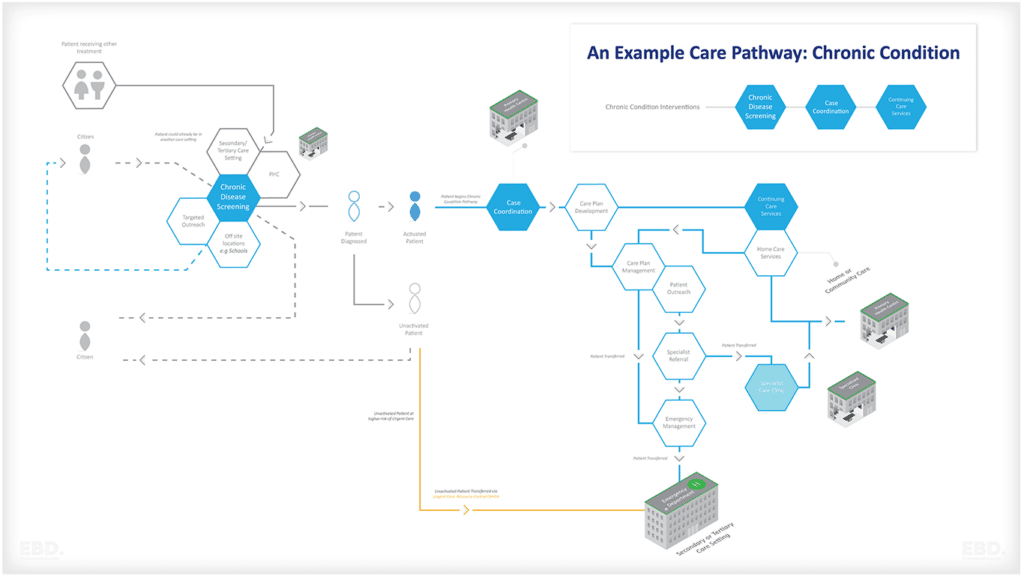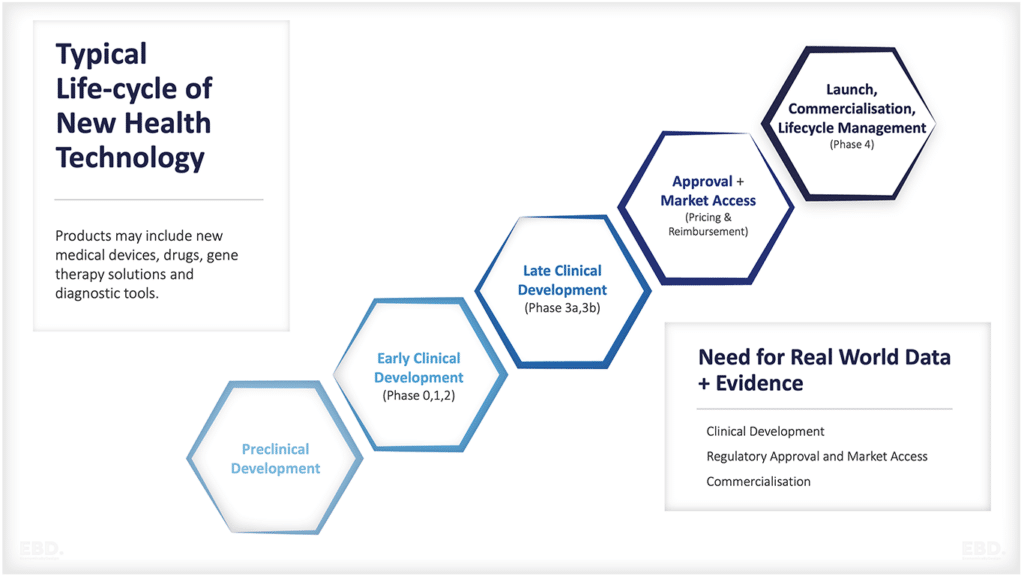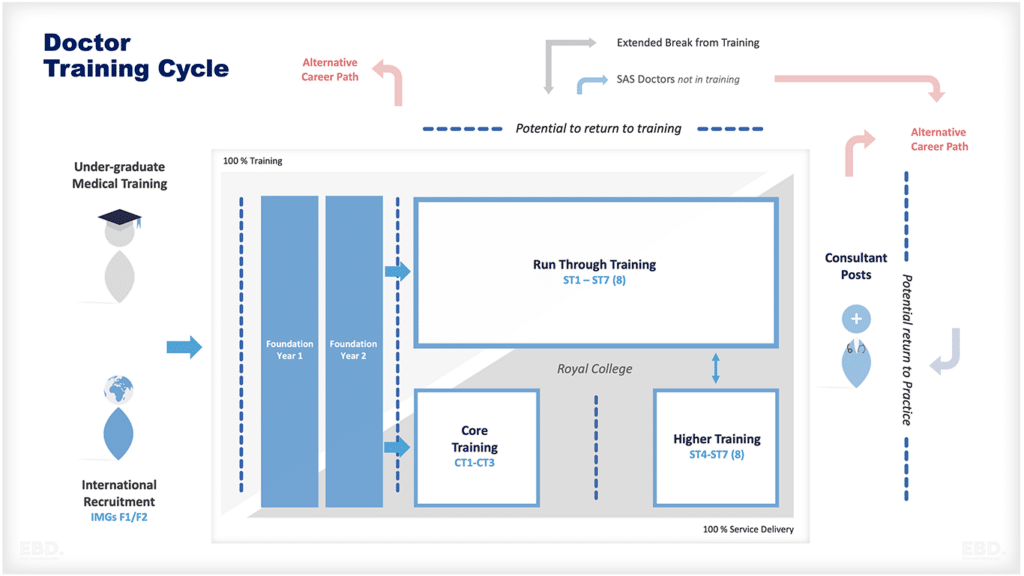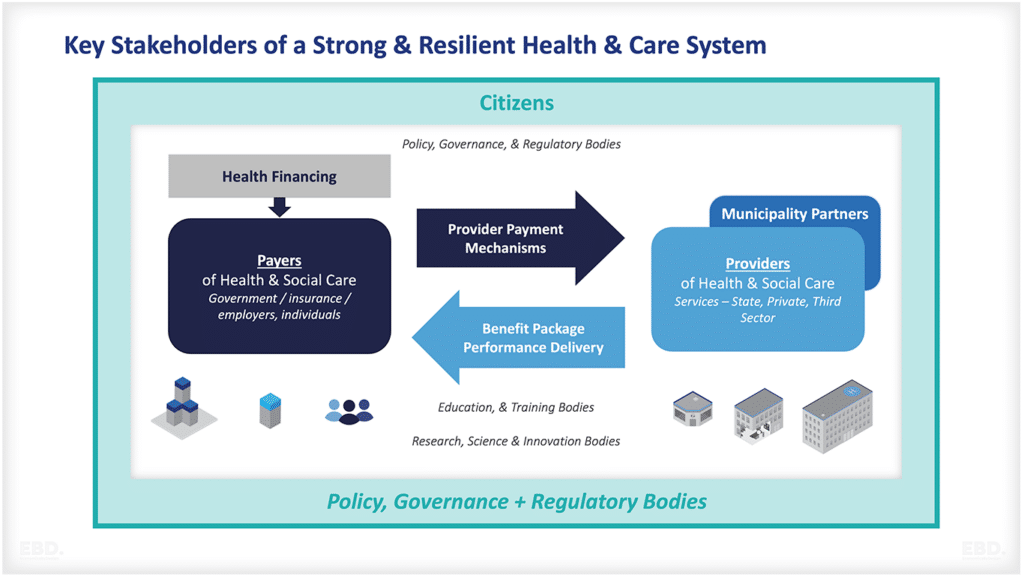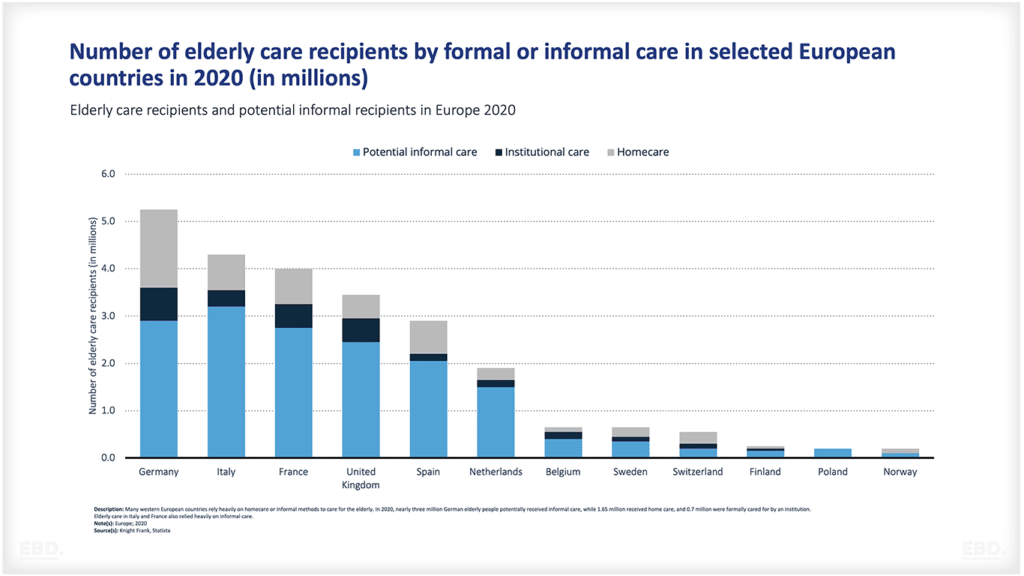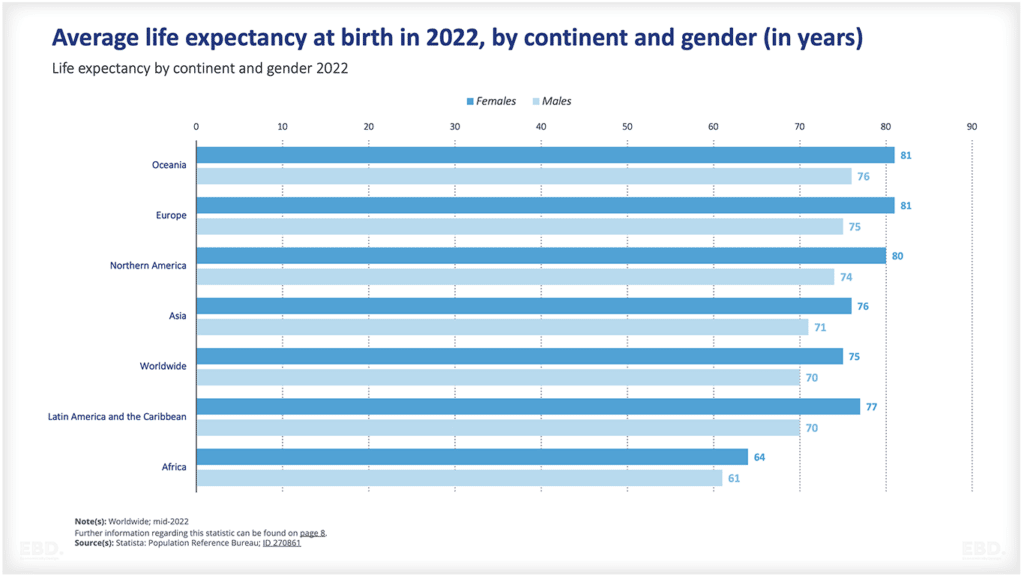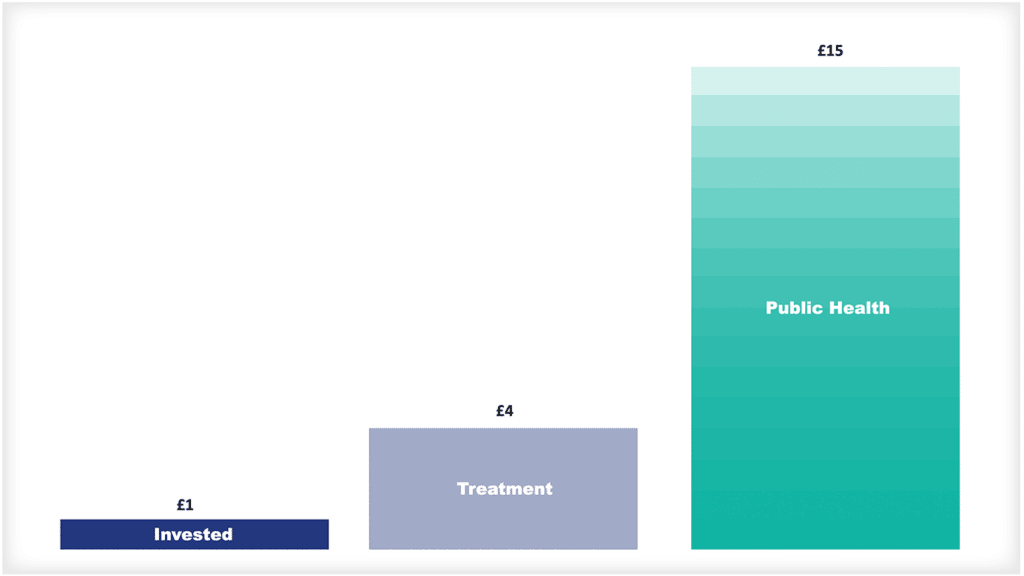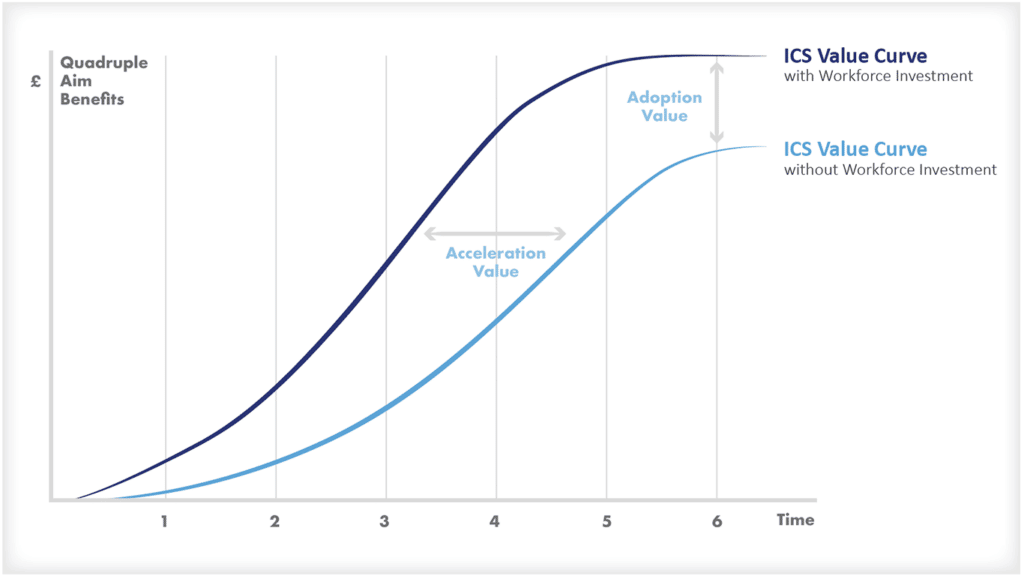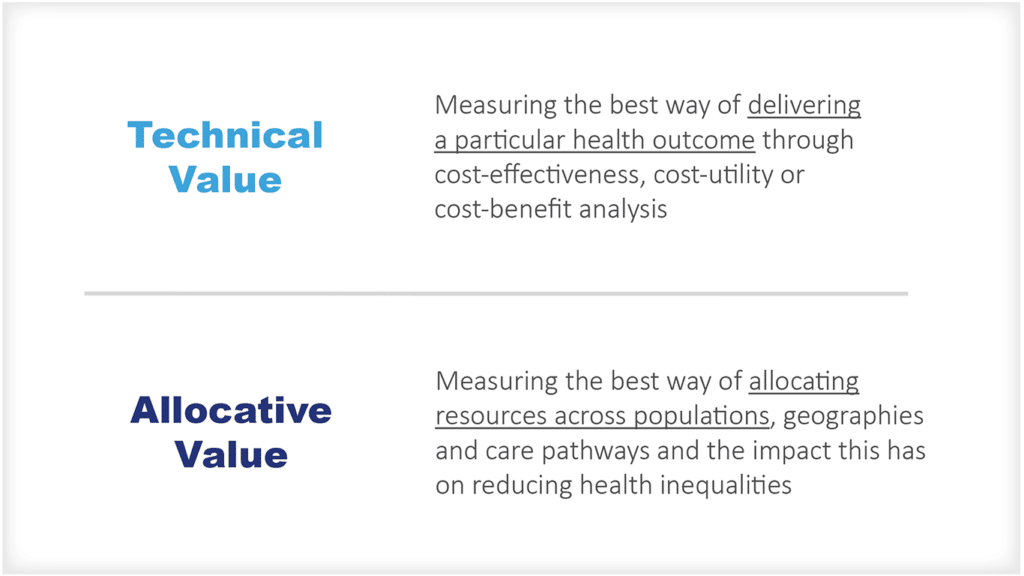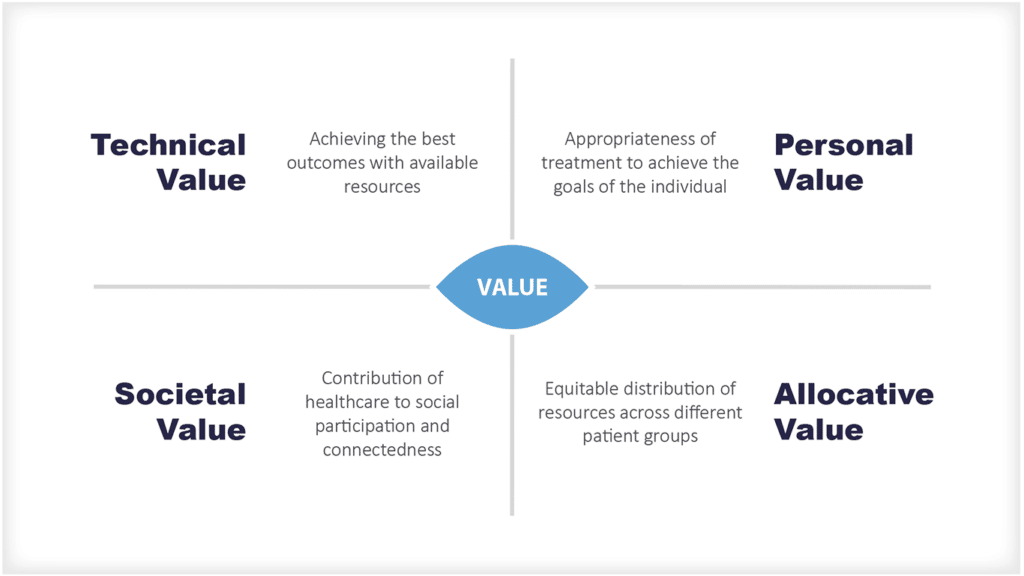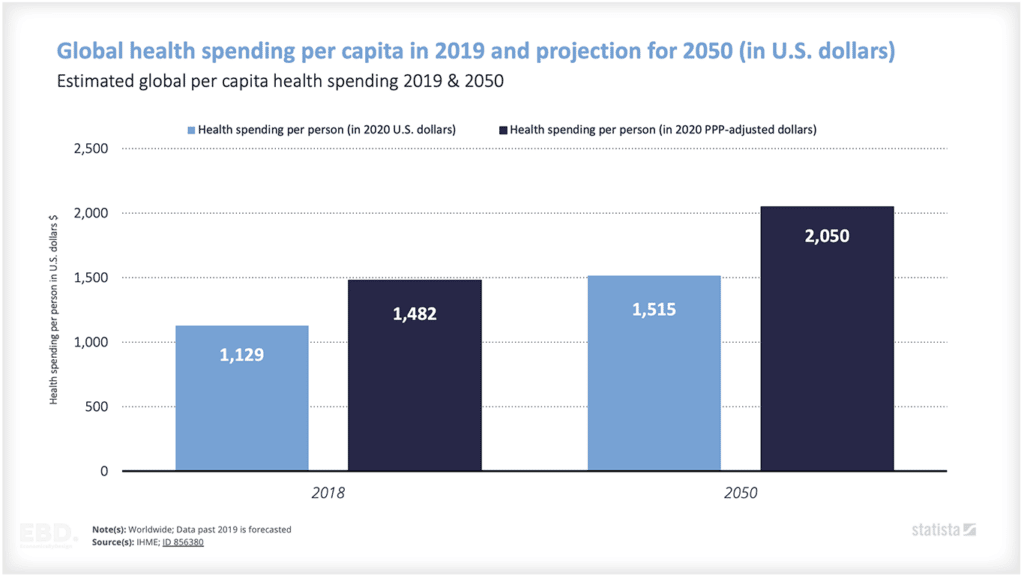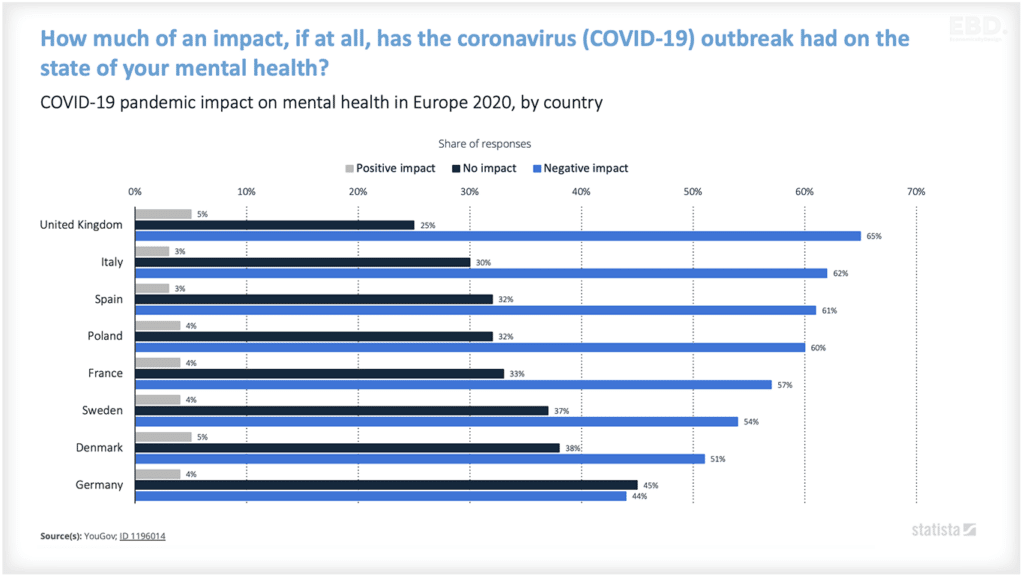What Are The Wider Determinants of Health?
The wider determinants of health are the social, economic and environmental factors that influence our health.
They include things like our income, our education and employment, the quality of our housing and working conditions, and whether we have access to unbiased information about good health practices.
What Are The 5 Main Wider Determinants of Health?
The figure below shows recent estimates of how each health determinant contributes to variations in health outcomes in the US. These have been prepared by GoInvo using data from the World Health Organisation and other agencies and experts.
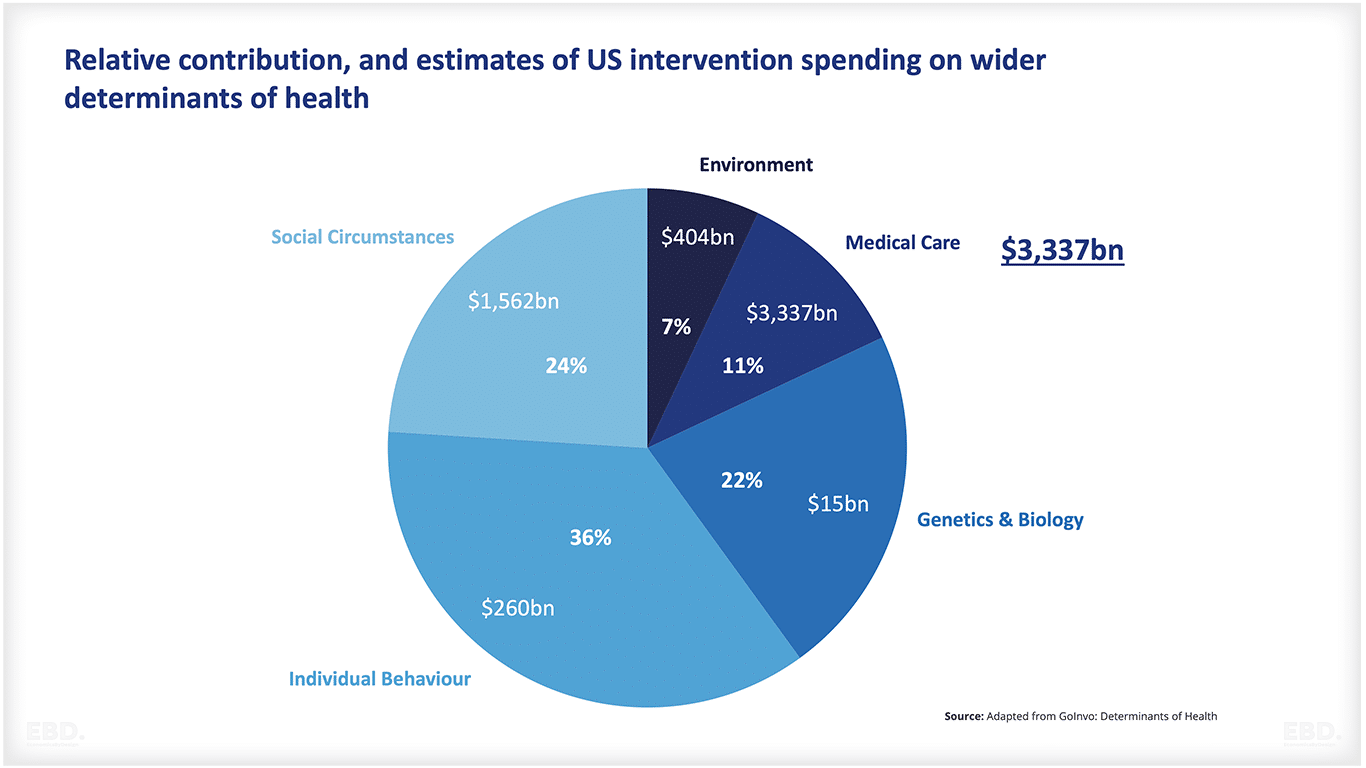
In order of their relative contribution, and estimates of US intervention spending, the wider determinants of health are:
- Individual behaviour (36%) – $260bn
- Social circumstances (24%) – $1,562bn
- Genetics and biology (22%) – $15bn
- Medical care (11%) – $3,337bn
- Environment (7%) – $404bn
As can be seen, in the US, the spending on medical care is significantly more than the combined value of spending on addressing the health impacts of wider determinants of health, despite medical care only accounting for 11% of the variation in health outcomes.
How Does Individual Behaviour Impact Health Outcomes?
The data suggests that individual behaviour is the most significant determinant of health and accounts for around 36% of the variation in health outcomes.
This includes things like:
Physical exercise
for example, being physically active can help reduce the risk of developing coronary heart disease, stroke and type 2 diabetes
Diet
for example, eating a healthy diet can help reduce the risk of developing some chronic diseases such as heart disease, stroke and type 2 diabetes
Smoking
for example, smoking is a major cause of cancer and cardiovascular disease
Alcohol consumption
for example, drinking excessive amounts of alcohol can damage your liver and increase your risk of developing cancer
Sexual behaviour
for example, having unprotected sex can put you at risk of sexually transmitted infections
Sleep patterns
for example, not getting enough sleep can lead to health problems such as obesity, heart disease and diabetesSocioeconomic factors:
Public health programmes can help to encourage healthy behaviours and reduce these risks.
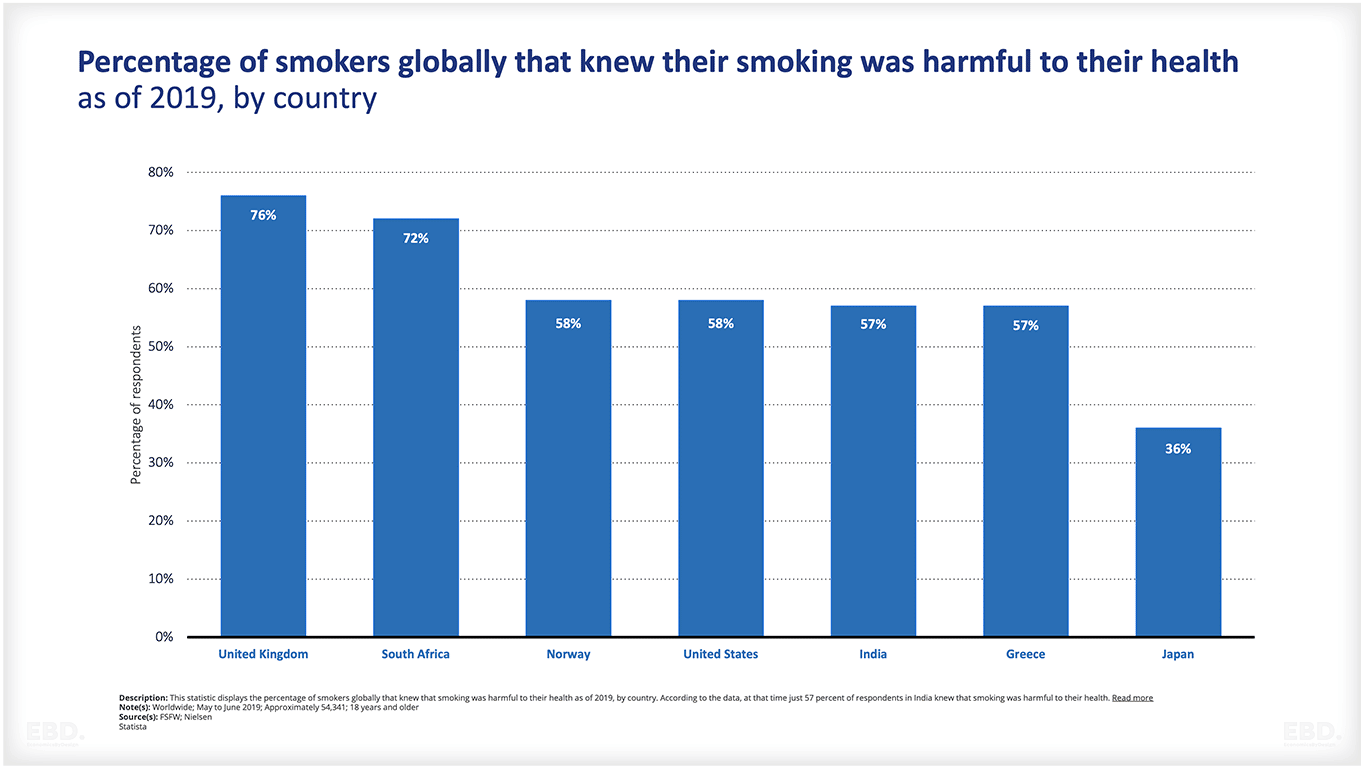
How Do Social Circumstances Impact Health Outcomes?
The data suggests that social circumstances are also significant determinants of health and account for around 24% of the variation in health outcomes.
This includes things like:
Income
for example, low income is linked to poorer health
Employment
for example, long-term unemployed people are more likely to experience mental health problems
Education
for example, people with lower levels of education are more likely to smoke and be obese
Living conditions
for example, poor housing is linked to an increased risk of developing respiratory problems like asthma
Investment in economic growth, economic participation, education participation, and improved housing conditions will all improve health outcomes.
How Does Genetics And Biology Impact Health Outcomes?
All humans have a unique set of genes that are passed down from their parents. This genetic makeup largely determines a person’s physical characteristics and health risks. Some genetic diseases or conditions cannot be prevented, but many can be managed effectively if detected early.
The data suggest that genetics and biology are important determinants of health and account for around 22% of the variation in health outcomes.
Examples of genetic health conditions include:
- Cystic fibrosis
- Sickle cell disease
- Huntington’s disease
Genetic testing can be used to identify people who are at increased risk of certain conditions so that they can take steps to reduce their risk. For example, if you have a family history of breast cancer, you may choose to have regular mammograms.
How Does The Environment Impact Health Outcomes?
The data suggests that the environment accounts for around 7% of the variation in health outcomes. This includes things like:
Outdoor air pollution
for example, exposure to outdoor air pollution can cause respiratory problems
Indoor air pollution
for example, exposure to indoor air pollution from cooking with solid fuels can cause respiratory problems
Noise pollution
for example, exposure to noise pollution can cause hearing loss
Water pollution
for example, exposure to water pollution can cause gastrointestinal illness
Lead poisoning
for example, exposure to lead can cause learning difficulties and behavioural problems
The relative contribution of the environment to health outcomes can be expected to increase significantly over time as a result of climate change. Climate change is a public health issue because it threatens the well-being of people around the world.
The health risks posed by climate change include heat-related illnesses, respiratory problems, vector-borne diseases, and mental health issues. These health risks are expected to increase significantly over time.
By 2099, Climate Change is expected to be one of the leading causes of death worldwide.
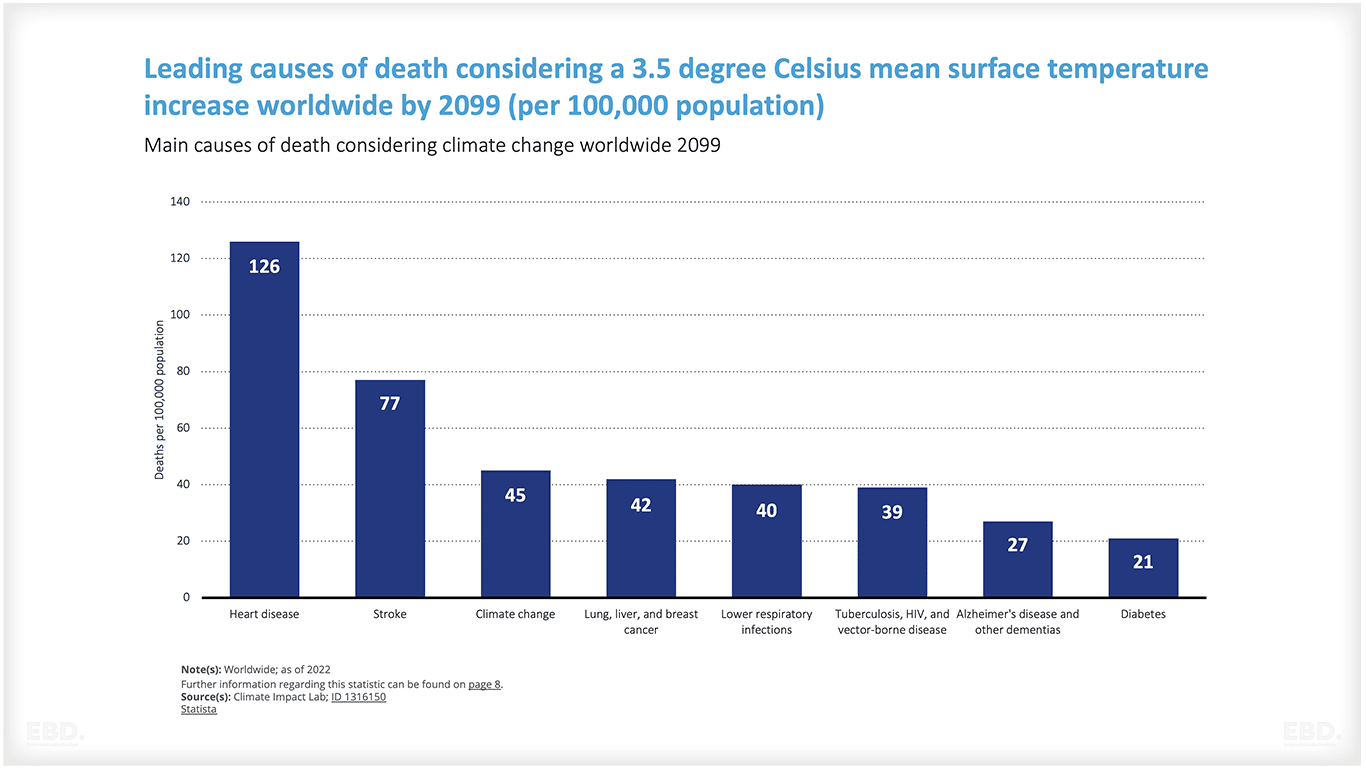
Why Is It So Complex To Address Wider Determinants Of Health?
Wider determinants of health are normally the responsibility of many different public agencies and that makes coordination of actions to address health issues so difficult.
By way of example, the figure below adapted from the National Audit Office review, shows a mapping of national responsibilities for wider determinants across the UK government.
As can be seen, coordinated action at a national level would involve 12 different government departments.
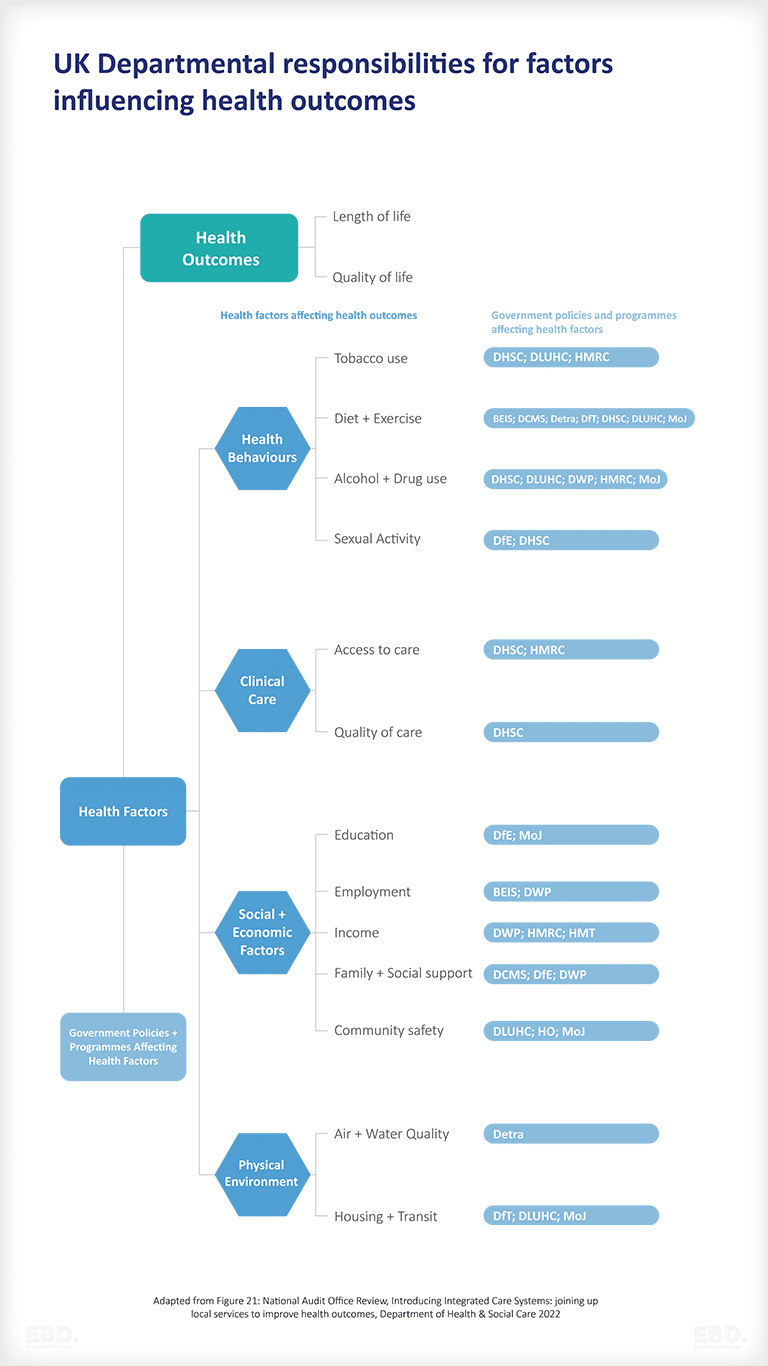
Department of Health & Social Care DHSC; Department for Levelling Up, Housing & Communities DLUHC; Department for Business. Energy & Industrial Strategy BEIS; Department for Digital, Culture, Media & Sport DCMS: Department for Education DfE; Department tor Environment Food & Rural Affairs Defra; Department for Transport DIT; Department for Work & Pensions DWP; HM Revenue & Customs HMRC; HM Treasury HMT; Home Office HO: Ministry or Justice MoJ.
Note: The list or government departments is not exhaustive and there may be other overlapping areas or policy. The purpose of this figure is to highlight the necessity of effective cross-government working.
What Is The Relationship Between Wider Determinants Of Health And Health Inequalities?
There is a strong relationship between wider determinants of health and health inequalities. However, the relationship between wider determinants of health and health inequalities is complex and multi-layered.
Wider determinants of health can impact health outcomes directly or indirectly, and they can operate at different levels (for example, individual, community, or national).
For example, income deprivation, poor housing, low educational attainment and unemployment are measures of relative poverty. These factors are also associated with poorer health outcomes, and hence they also contribute to poverty-related health inequalities.
Genetics and biology, however, have a more direct impact on health outcomes and are not generally associated with poverty-related health inequalities.
